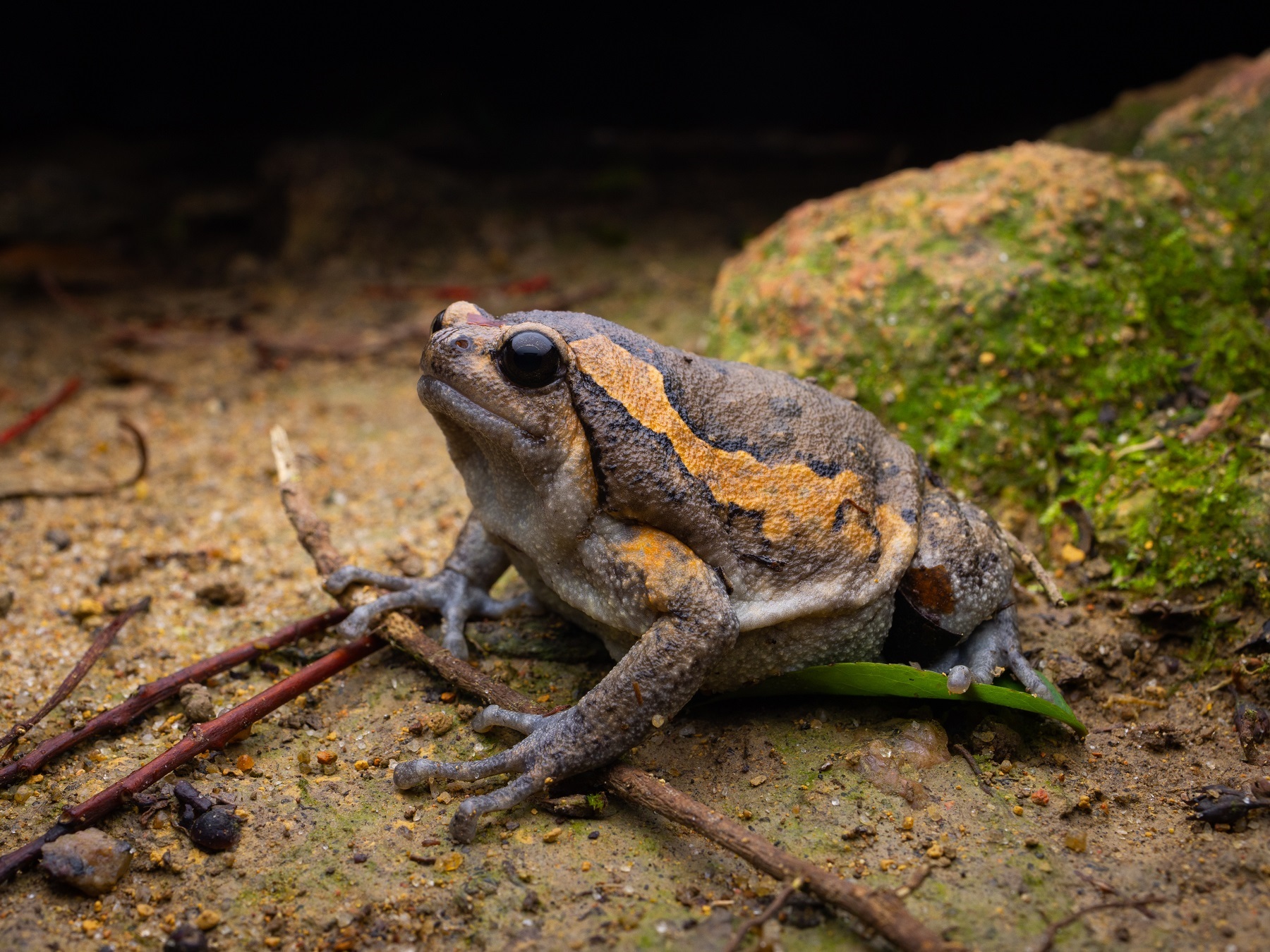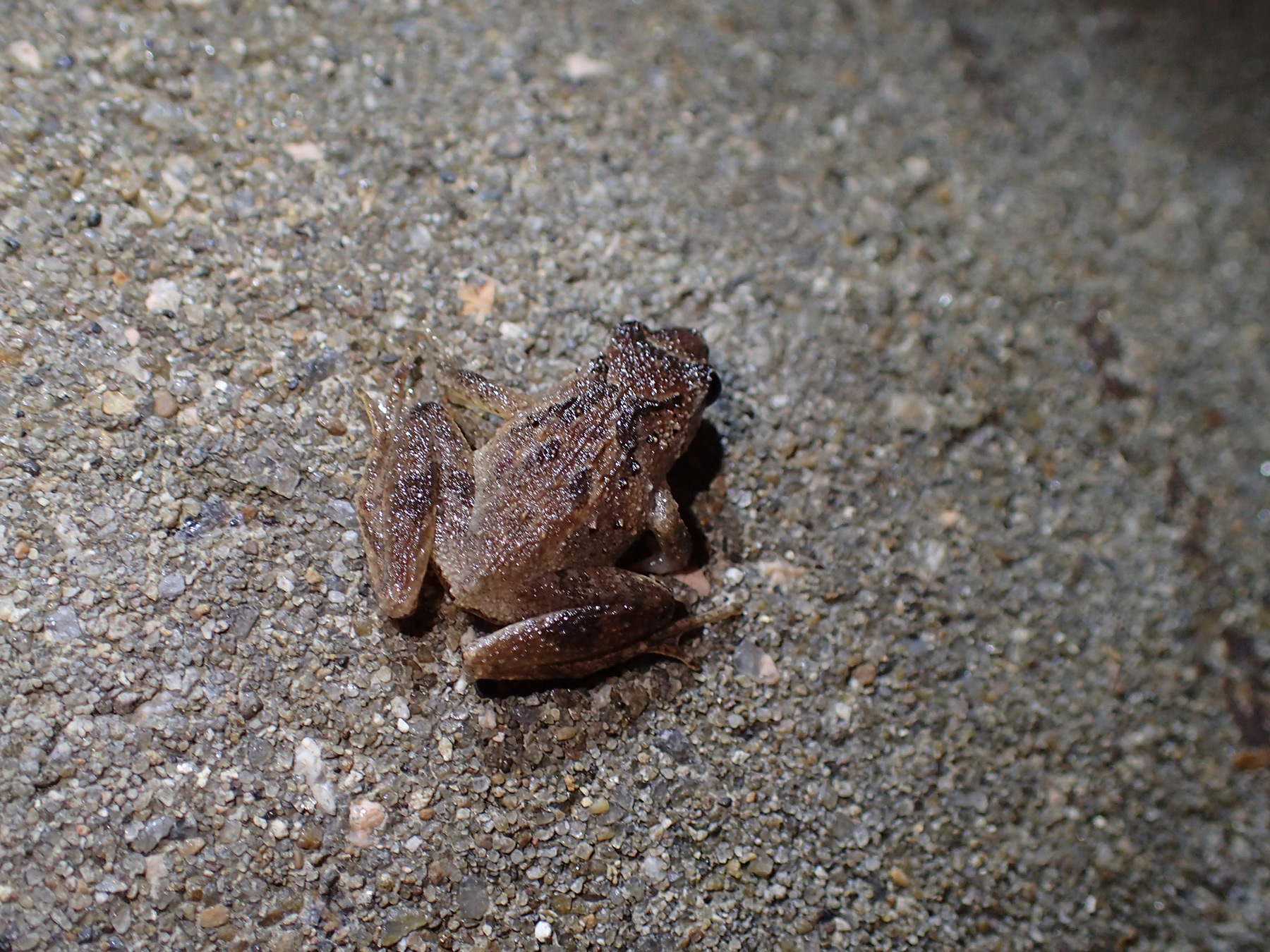Though Hong Kong people are said to live in a "concrete jungle", you must have either encountered frogs or toads, or have heard of their croaks. Despite the fact that both look alike, they have vastly different external morphology and habits. Most frogs have long legs and slippery skins covered with mucus, while toads generally have shorter legs and rougher, drier skins. In general, frogs prefer to live in humid conditions, while toads can adapt to both dry and moist environments.
Frogs and toads can produce richly diverse sounds, where they make their own distinctive croak. Ecologists may tell one species from another solely based on their croaks. For instance, some species produce low-frequency sounds or clicking sounds, while some emit machine gun-like sounds. Those of the same species may even emit different sounds like their own regional dialects!
One of the most familiar croaks is the loud mooing-like sound "mooorrnngghh…" in summer nights. In fact, those are the croaks from the Asiatic Painted Frog (Kaloula pulchra) living in storm drains. They tend to assemble in puddles after heavy rain, croaking together like performing symphonies in the wild. Those croaks are mating calls from male frogs to attract female frogs. They breed during wet seasons, which enhance their breeding success rate. Let us be more tolerant, so that they can make good use of time to enjoy their honeymoon and produce offspring!
Twenty frog species and three toad species are currently recorded in Hong Kong. Among them, the Romer's Tree Frog (Liuixalus romer) and Hong Kong Cascade Frog (Amolops hongkongensis) are subject to protection under the Wild Animals Protection Ordinance (Cap. 170). With their semi-terrestrial lifestyles, both frogs and toads rely heavily on wetlands to produce offspring and complete their lifecycles. The rich diversity of frogs and toads in Hong Kong is mainly attributed to a wide range of wetland habitats, as diverse as from hill streams to low-lying marshes, which offer suitable habitats for both upland (e.g. Giant Spiny Frog (Quasipaa spinosa) and Lau's Leaf-litter Toad (Leptobrachella laui)) and lowland inhabitants (e.g. Three-striped Grass Frog (Hylarana macrodactyla) and Chinese Bullfrog (Hoplobatrachus rugulosus)). Given that Lantau and other outlying islands serve as important habitats for frogs and toads, we should neither disturb nor destroy their serene homes there. How soothing it is to spend a night on Lantau, just listening to the croaks of numerous frogs and toads between spring and summer.

